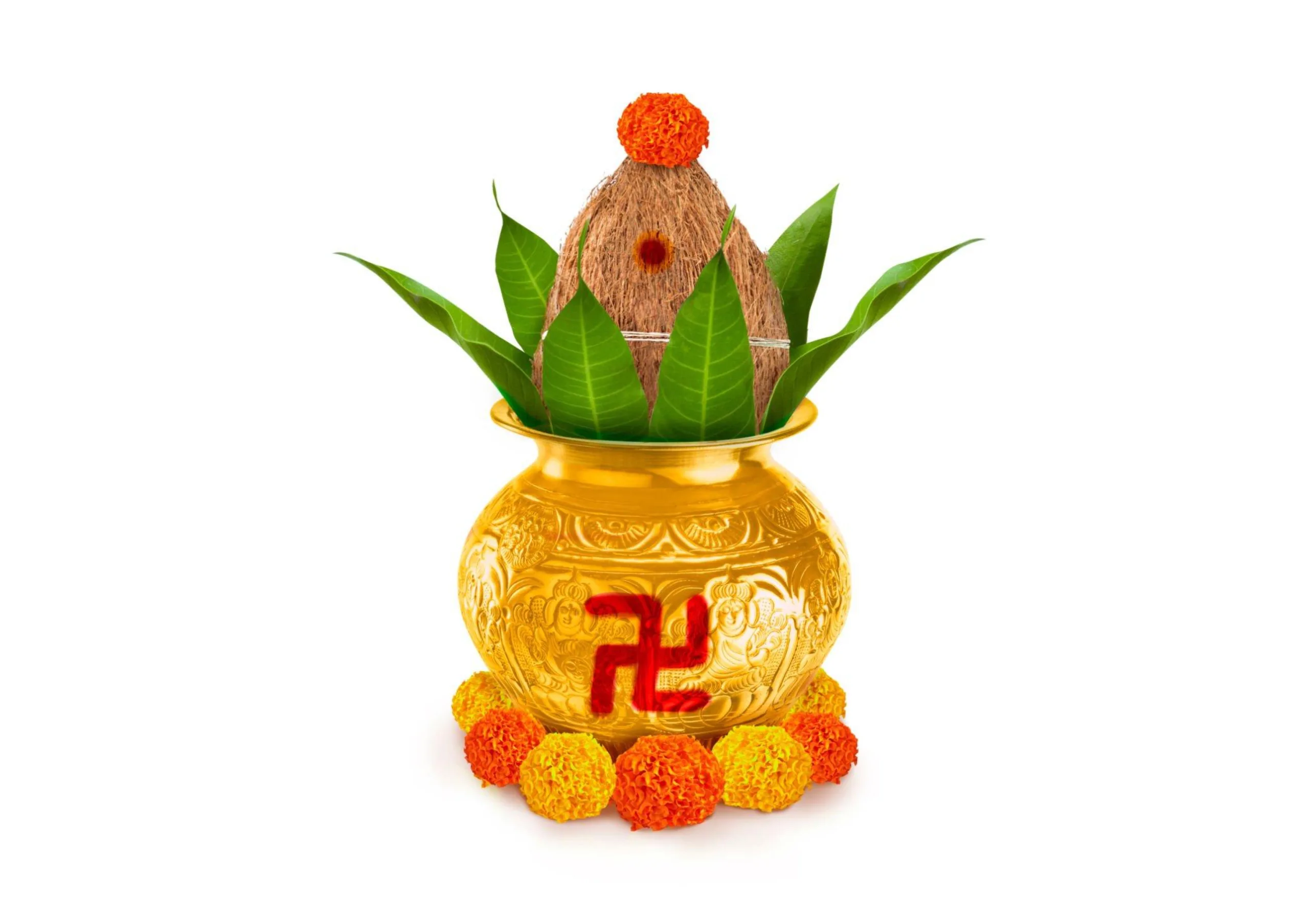The Nataraja Temple, also referred to as the Chidambaram Nataraja temple or Thillai Nataraja temple, is a Hindu temple dedicated to Nataraja – Shiva as the lord of dance – in Chidambaram, Tamil Nadu, India. The temple has mythical and historical significance in Indian culture.
The temple complex is spread over 50 acres in the heart of the city. It is an active temple complex with a school for the study of Shaivism, Sanskrit, and a library with numerous historic manuscripts. The temple’s architecture symbolizes the connection between the arts and spirituality, creative activity and the divine. The Chidambaram temple complex includes the main Shiva shrine, the shrines for Harihara (half Shiva, half Vishnu), Trimurti, the Devi or goddess shrine of Shivakamasundari, and the Pandya Nayaka palace.
The temple’s earliest structures were designed and erected by ancient craftsmen called Perumtaccan. The golden tiled roof for the Chit Ambalam (the vimanam) was laid by the Chola King Parantaka I (907-950 CE) following which he was given the title – Thillaiyambalathhukku pon koorai veiyntha thevan (Tamil: தில்லையாம்பலத்துக்கு பொன் கூரை வேய்ந்த தேவன், meaning the one who constructed the golden roof). In its history, the temple has been damaged and restored several times.
The temple is one of the five Pancha Bootha Sthalams, each representing one of the five classical elements; Chidambaram represents akasha (aether). The other four temples in this category are Thiruvanaikaval Jambukeswara (water), Andhra Pradesh Srikalahasti (air), Thiruvannamalai Arunachaleswara (fire) and Kanchipuram Ekambareswara (earth).
The annual Natyanjali dance festival is a major event hosted by the temple during February every year. The festival is dedicated to the Hindu god Shiva, known here as Nataraja, and is celebrated in the month of Masi (February–March). The festival is celebrated with great pomp and show and attracts artists and spectators from all over India.
Introduction
Nestled in the heart of Tamil Nadu, India, Chidambaram Temple, with its centuries-old history and exceptional architectural beauty, holds a special place among the numerous ancient temples in the country. The temple, not only a testament to the spiritual inclination of the people but also a monument that stands tall in its architectural grandeur, offers a wealth of insights into India’s rich cultural and spiritual heritage.
Chidambaram Temple: A Spiritual Oasis
As you tread through the bustling streets of Chidambaram, the temple city unveils itself in all its glory. With its towering gopurams and ornate sculptures, the Chidambaram Temple is a sight to behold.
The City’s Crown Jewel
Chidambaram, previously known as Thillai, derived its name from the Thillai trees (Excoecaria Agallocha) that once cloaked the region. The temple stands as the city’s crown jewel, its ethereal charm casting a spell on both pilgrims and tourists alike.
A Storied Past
The temple has a storied past, dating back to the Pallava dynasty (4th to 9th centuries CE). It’s said to be the site where Lord Shiva, one of the primary deities in Hinduism, performed his cosmic dance, the ‘Ananda Tandava’, symbolizing the eternal cycle of creation and destruction.
The Marvelous Architecture
Gopurams: The Gateways to Divinity
The temple boasts four grand ‘gopurams’ or gateways, each adorned with intricate carvings narrating tales from Indian mythology. These towering structures are not just architectural marvels, but also the gateways to a world steeped in spirituality.
The Sacred Sanctum
At the heart of the temple lies the sacred sanctum, home to Lord Shiva in his form as Nataraja, the cosmic dancer. The sanctum, also known as ‘Chit Sabhai’, is an epitome of architectural brilliance, with its golden roof bearing 21600 golden tiles representing the number of breaths a person takes in a day.
Ceremonies and Festivals
Daily Rituals
The temple follows a rigorous routine of rituals, from the pre-dawn ‘Suprabhatha Seva’ to the ‘Ardhajama Pooja’ performed at night. Each ritual is meticulously carried out, enveloping the temple in an aura of serenity.
Festivals: A Cultural Extravaganza
The temple turns into a cultural extravaganza during festivals, with ‘Aani Thirumanjanam’ and ‘Margazhi Thiruvaadhirai’ being the most prominent. These festivals draw devotees from all corners of the world, immersing the temple city in a whirl of festivities.
Chidambaram Temple: A Testament to Tamil Culture
The Chidambaram Temple stands not only as a spiritual haven but also a testament to Tamil culture and heritage. With its ancient dance form, ‘Chidambaram Natyanjali’, and Tamil literature’s references, the temple has etched a deep influence on the region’s cultural landscape.
Chidambaram Natyanjali: An Ode to the Divine Dancer
‘Chidambaram Natyanjali’, a dance festival honoring Lord Shiva’s cosmic dance, is held annually in the temple. Artists from across the world flock to perform in the divine aura of the temple, their performances turning into an ode to the Divine Dancer.
Inscriptions and Literature
The temple finds mention in several ancient Tamil literature and scriptures. These references not only underscore the temple’s spiritual significance but also provide insights into its history, architecture, and the social fabric of the time.
FAQs
Where is Chidambaram Temple located?
Chidambaram Temple is located in the temple town of Chidambaram, in the Cuddalore district of Tamil Nadu, India.
What is the significance of Chidambaram Temple?
Chidambaram Temple is believed to be the place where Lord Shiva performed his cosmic dance. It is one of the five ‘Pancha Bhoota Stalams’ representing the element ‘Akasha’ (Sky).
What is unique about the architecture of Chidambaram Temple?
The temple is known for its exquisite Dravidian architecture. It has four massive ‘gopurams’, ornate sculptures, and the golden roof of the sacred sanctum is a unique feature.
When are the major festivals celebrated in Chidambaram Temple?
The major festivals celebrated in the temple are ‘Aani Thirumanjanam’ in June/July and ‘Margazhi Thiruvaadhirai’ in December/January.
How old is Chidambaram Temple?
The temple dates back to the Pallava dynasty (4th to 9th centuries CE). However, the present structure was largely built during the Chola dynasty (9th to 13th centuries CE).
Can non-Hindus visit Chidambaram Temple?
Yes, non-Hindus are allowed to visit Chidambaram Temple. However, they are not permitted to enter the innermost sanctum.
Conclusion
In the annals of Indian heritage, the Chidambaram Temple shines as an enduring testament to the country’s spiritual ardor and architectural genius. This spiritual oasis beckons to those seeking a divine encounter, an architectural marvel, or a glimpse into India’s profound cultural tapestry. As you step into the temple, you’re not just entering a monument, but a realm where spirituality and culture coalesce to provide a transformative experience.










[…] Jyotirlinga, also known as Ghushmeshwar, is a famous Hindu temple dedicated to Lord Shiva. It is located near Aurangabad, Maharashtra. The temple was reconstructed by Maloji Raje Bhosale in […]
[…] Q: What are the rituals performed on Sawan Amavasya? A: On Sawan Amavasya, devotees perform Shradh rituals and Pind Daan. Many also observe a fast, perform puja, and offer prayers to Lord Shiva. […]
[…] jyotirlinga refers to the linga of Lord Shiva that radiates divine light and grants […]
[…] name Somnatha, referring to Shiva as the “Lord of the Moon,” begins to appear in texts from the 9th century CE. This suggests that a temple […]
[…] learned of Sati’s death, he was overcome with grief. In his rage, he began his tandava, the cosmic dance of […]
[…] structures within the complex include the Shiva temple, Ganesha temple, Hanuman temple and Kalbhairav temple. There is also a huge sacred pond called the […]
[…] Posts Chidambaram Nataraja Temple: The Divine Abode of Lord Shiva’s Cosmic Dance Swar Vigyan: The Ancient Science of Sound and Breath What body parts of Sati fell […]
[…] concentration by focusing the mind and creating mental peace. It also helps connect the wearer to Lord Shiva and gain spiritual […]
[…] Ardra Nakshatra– Rudra, a fierce form of Lord Shiva. […]
[…] number of daily rituals are performed at the Tirupati Balaji Temple to worship the presiding deity Lord Venkateswara. Some of the most important daily rituals […]